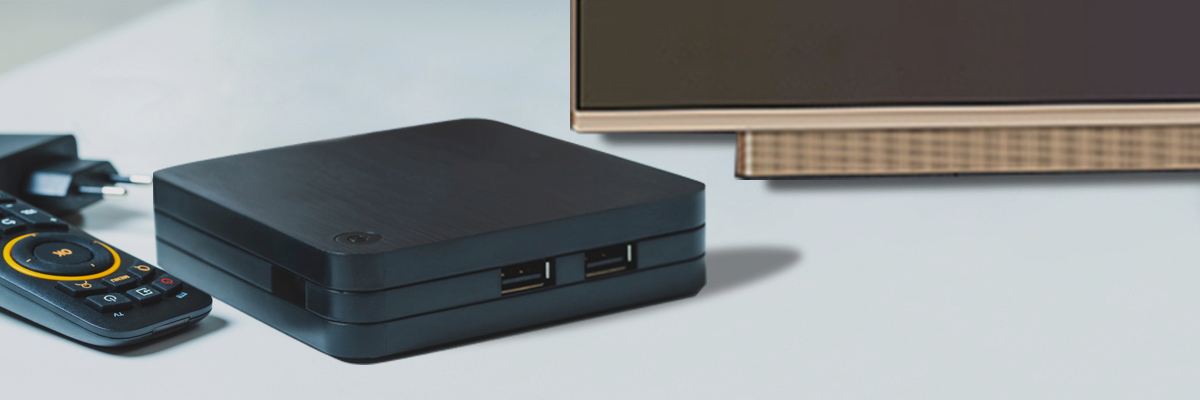Back
- Applications
- Products
- Support
- About HiSilicon
No Result



A set-top box (STB) is a media device connected to a TV. It decodes audio and video signals which are then sent to the TV, compensating for the TV's data processing and app extension shortcomings.
As artificial intelligence (AI) and the Internet of Things (IoT) continue to rapidly advance, STB functions have evolved from simply decoding audio and video to gradually encompassing all major smart home features, such as camera capabilities, ultra-high-definition (UHD) encoding/decoding, access technologies such as WiFi and Bluetooth, high-quality audio playback, and local video display. Modern STBs are now capable of the following functionality:
No longer a mere decoding chipset, the STB SoC can now integrate high-performance CPU, NPU, UHD codec, ISP, and premium audio DSP.
Recent years have seen online videos become a major cultural phenomenon, with a diverse range of attractive content — including short videos and live streaming — more accessible than ever before. With such a wide variety of content and varying daily routines, it becomes difficult to satisfy the entertainment needs of an entire household with just a single TV screen. The intelligent STB has been developed as a remedy which integrates high-quality audio and video output devices to provide more convenient and flexible video playback modes for consumers. In addition, with the high-performance CPU, GPU, NPU, ISP, and DSP, the intelligent STB is a suitable entry for implementing smart home controls.
HiSilicon launched its first STB SoC in 2007. Over the past decade, HiSilicon and its partners have blazed a trail in such fields as HD, intelligence and 4K/8K, and hundreds of millions of STBs based on HiSilicon SoCs have now been brought online. In addition to providing high-quality audio and video services for consumers, they also represent highly reliable and easy-to-manage solutions, capable of serving multiple carriers. HiSilicon STB SoCs feature industry-leading image quality enhancements, alongside robust system performance, while certain mid- and high-end products integrate the Da Vinci AI NPU module and support in-depth integration into the HarmonyOS ecosystem. By offering diverse external interfaces and working with camera and WiFi chips, our SoCs provide consumers with seamless home connections and smart home services.


This site uses cookies. By continuing to browse the site you are agreeing to our use of cookies. Read our privacy policy